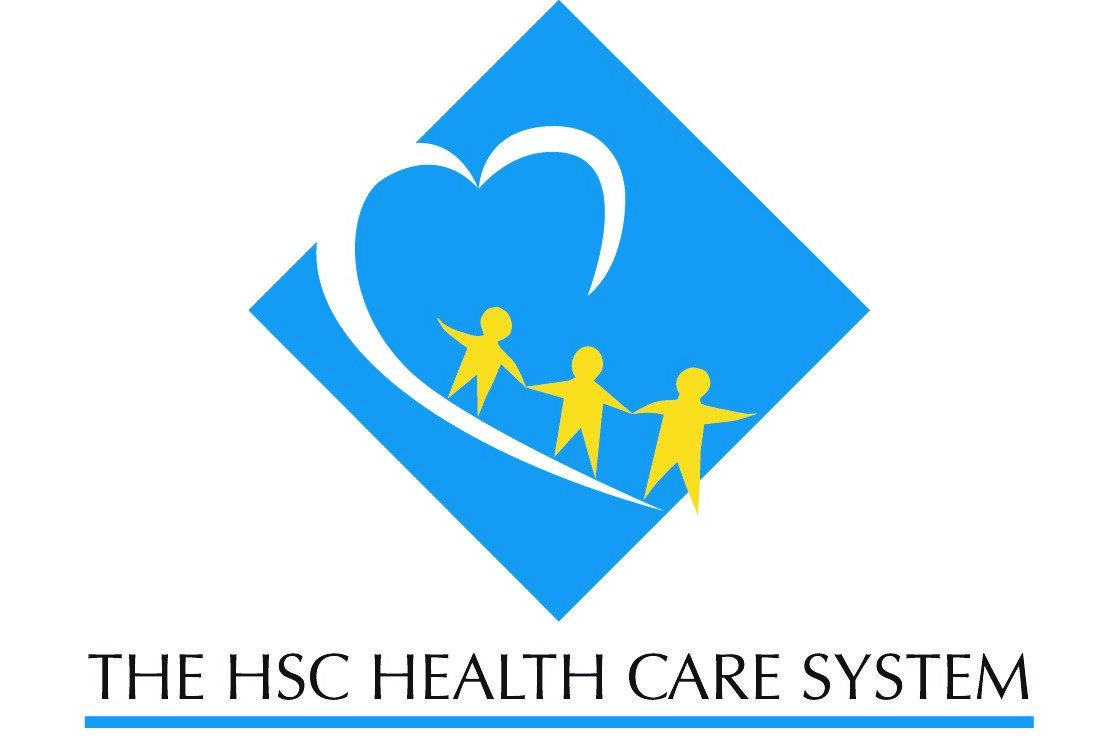The client, a national payer with Medicaid and Commercial lines of business, had targets to expand into new Medicaid markets but was beleaguered by operational limitations. The care management and utilization departments’ clinical workflows were heavily manual, as they had to work across seventeen disparate systems. Nurses couldn’t effectively access and update member records when in the member’s home, and several compliance gaps had been identified. The client had purchased HealthEdge®’s GuidingCare® care management platform and hired a multi-billion-dollar consulting firm to plan and execute the implementation, but after several months the project was at a standstill, with the stakeholders unable to agree on the priorities for implementation.
Due to our track record of successful GuidingCare® implementations and our understanding of the business change approach needed for this platform, Anoteros was hired to replace the first consulting firm and we pivoted the project from a technology implementation to a clinical transformation for the payer. We worked to quickly understand the compliance and operational needs of the clinical teams and used that input to develop a phased implementation roadmap. The first release focused on a Minimal Viable Product (MVP), meeting the essential needs of all clinical teams and enabling the client to retain membership in their current market. Subsequent releases would add automation and efficiency gains, enabling the payer to expand into newer markets. We also mapped dependencies with the client’s other transformation initiatives and the GuidingCare® product roadmap. Instead of telling the stakeholders what they should do, we worked to understand their needs and concerns and used that to inform the roadmap. With all stakeholders now on board, the client – with Anoteros’ help – was able to move forward with implementation.
The transformation consolidated clinical operations from seventeen systems to one, automated key clinical workflows, provided mobile capability for nurses’ home visits, and enabled payer-provider collaboration using portals. As a result, the plan was able to reduce its compliance gaps by 75% and increase staff productivity by 40%. These improvements enabled the payer to secure its current market position and expand into new markets. The client called Anoteros “the key reason for the successful transformation of their clinical operations.”






